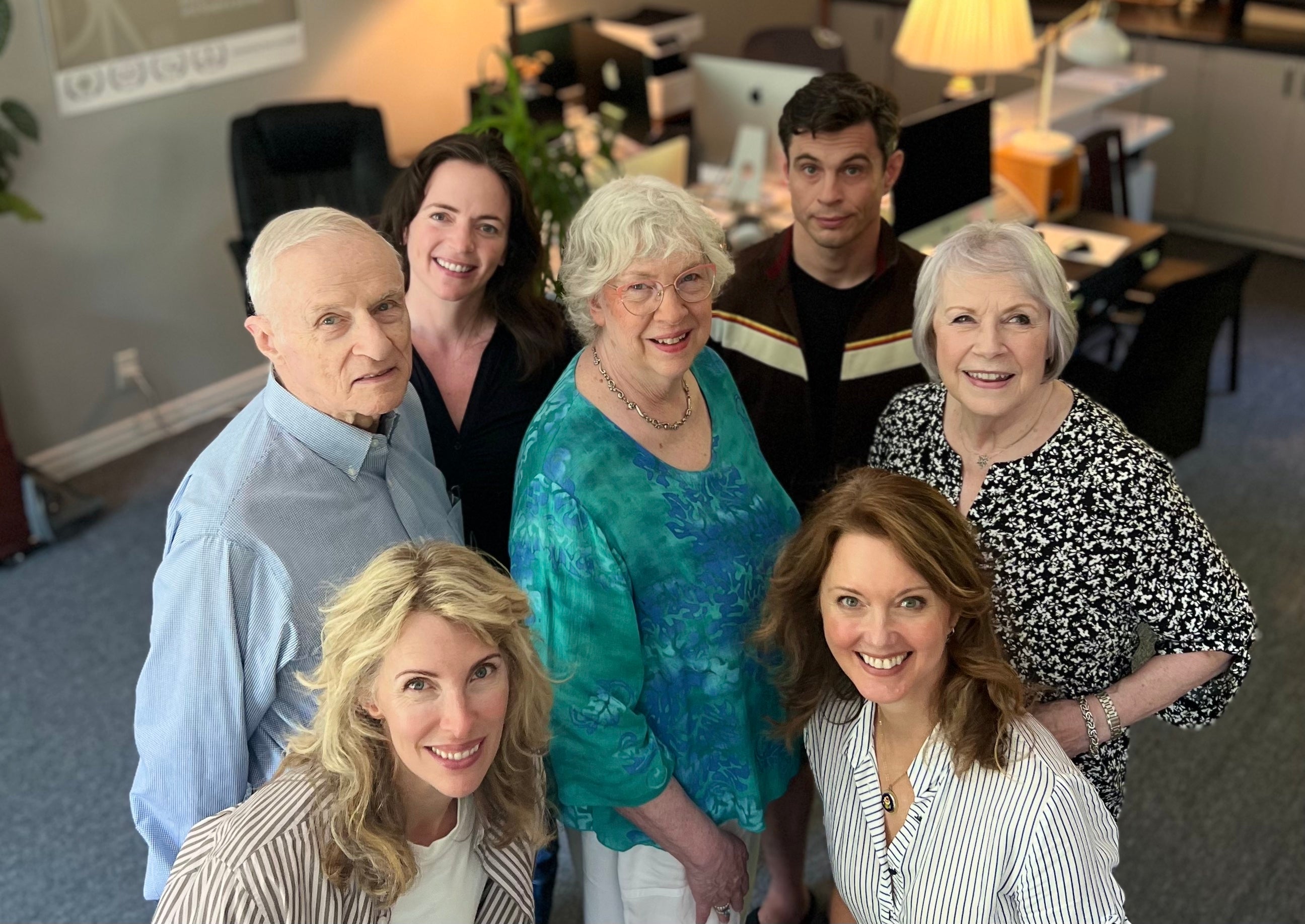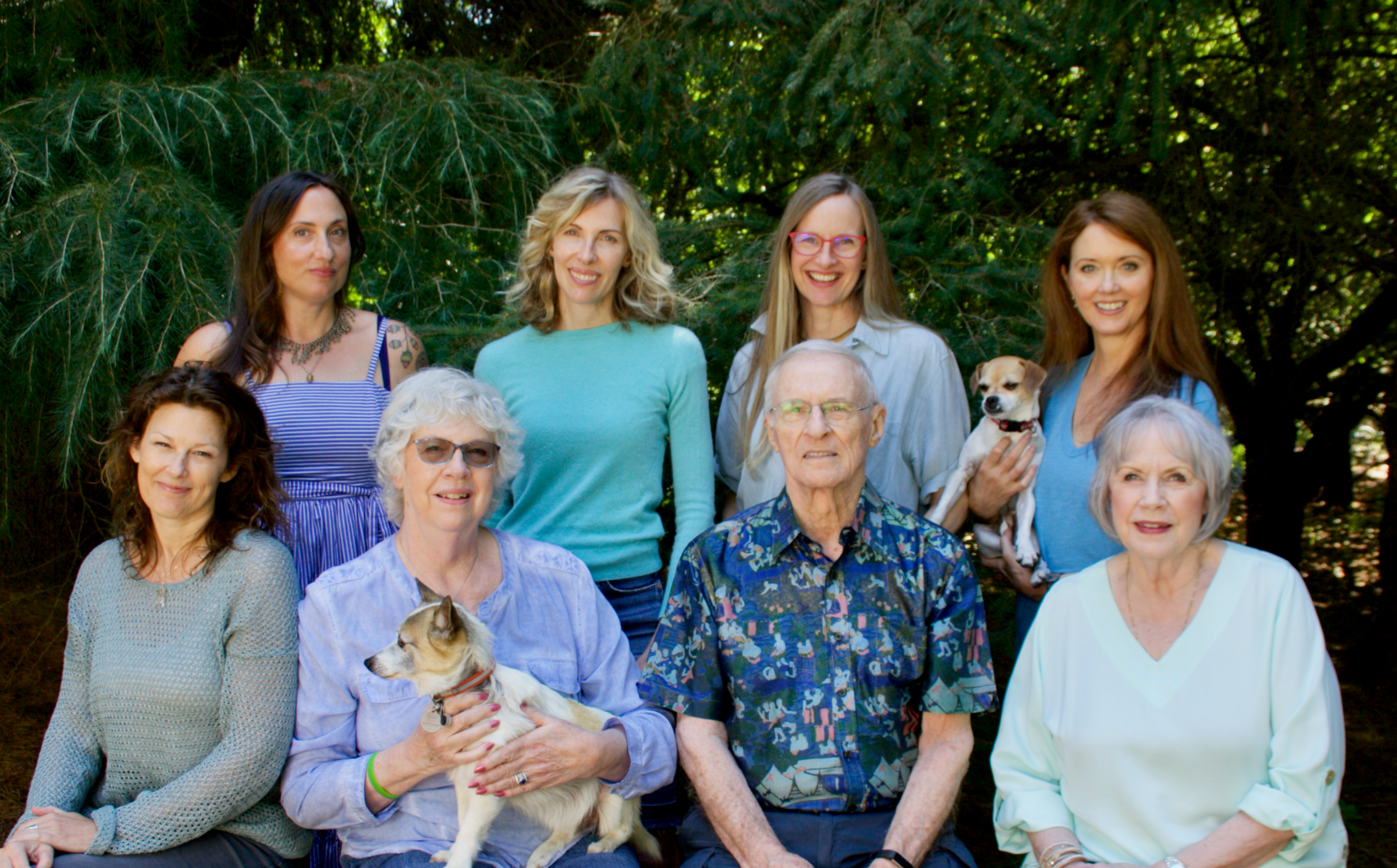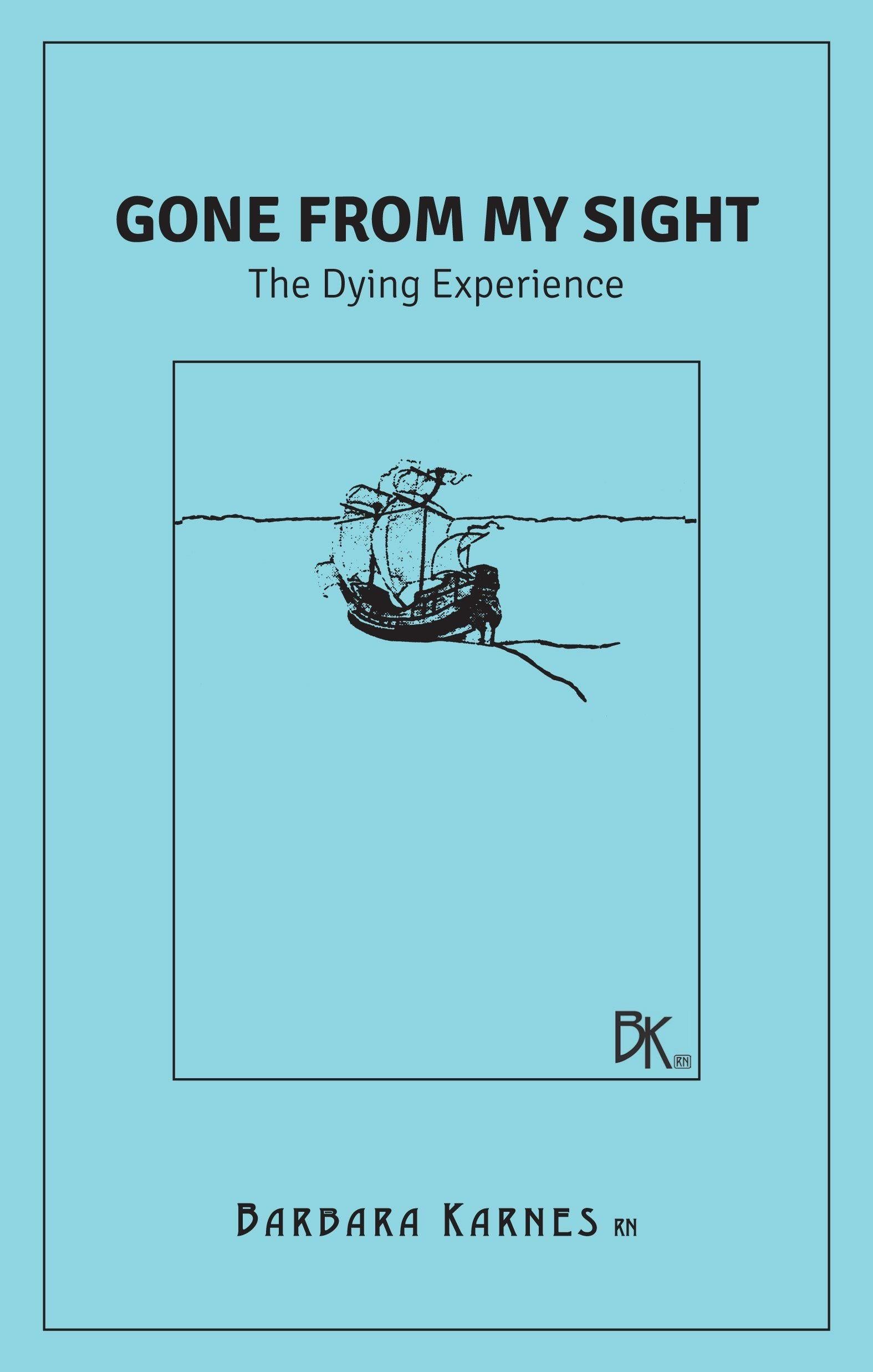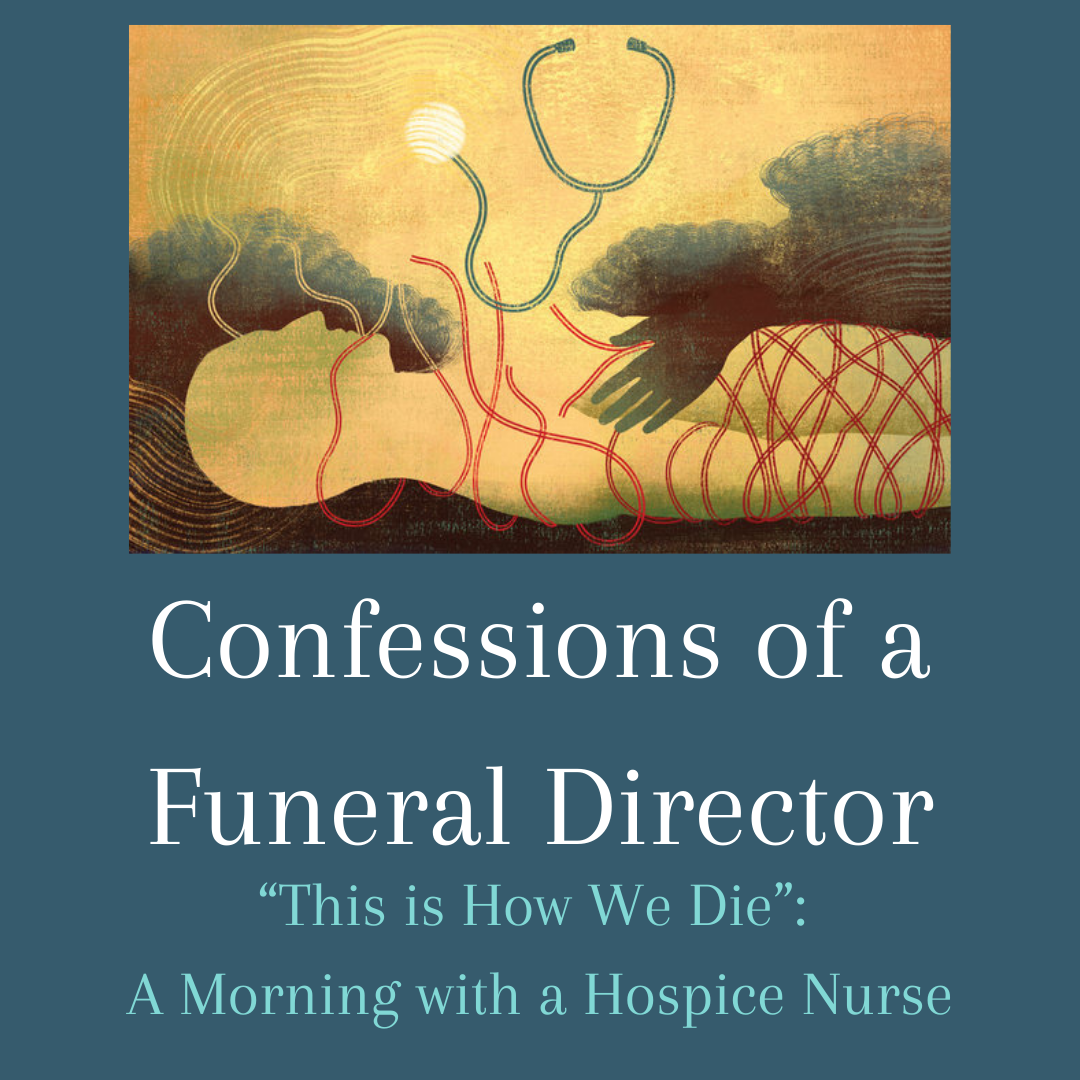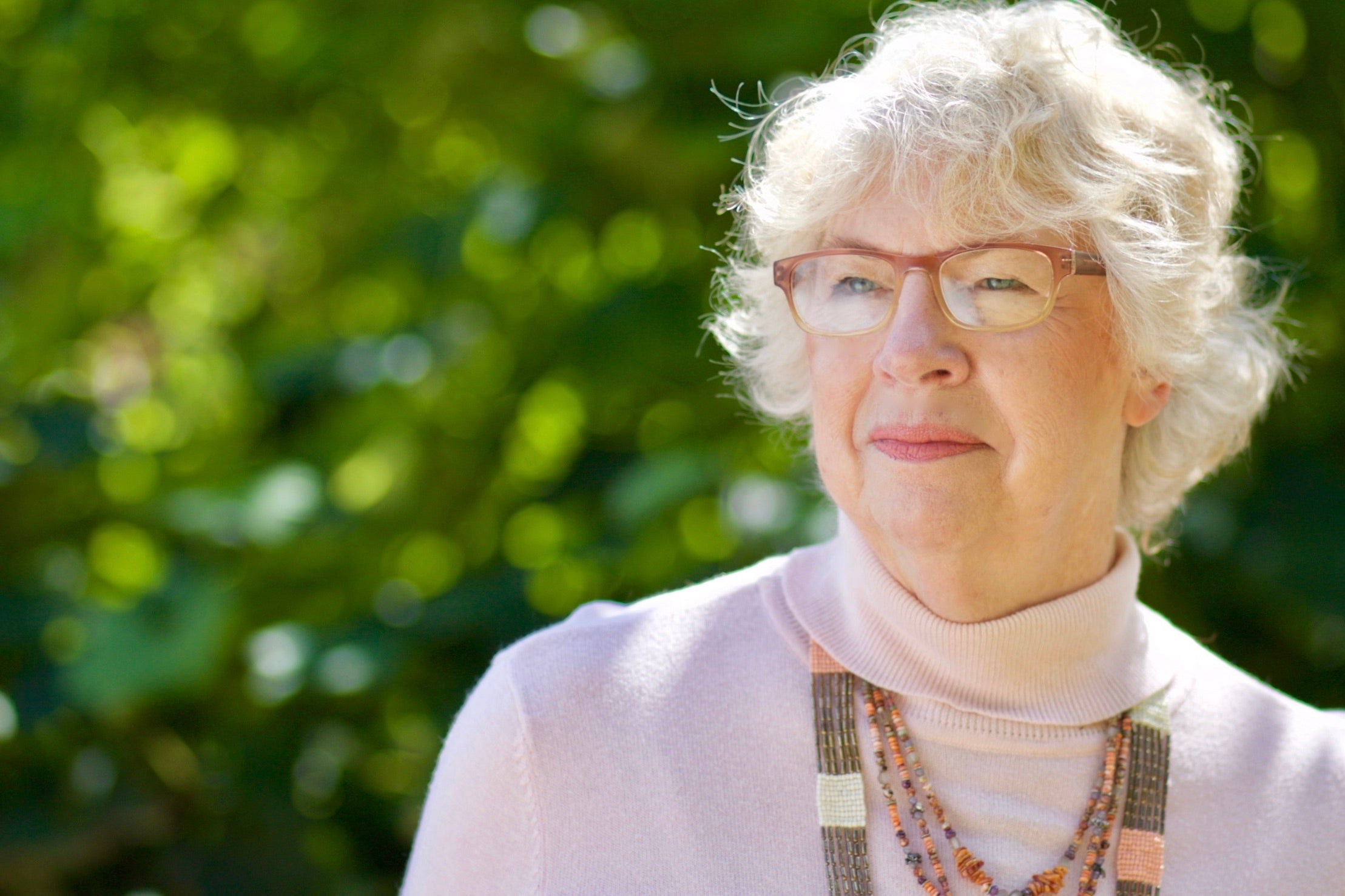Sahuarita Sun: Ellen Sussman

Barbara Karnes (left) talks to an audience member after Thursday's talk in Green Valley.
On Thursday, Barbara Karnes looked at the realities of dying during a presentation to about 130 people at Valley Presbyterian Church.
Karnes, an R.N., is former director of Olathe Medical Center’s Hospice and Home Health Departments in Kansas, and author of five books on the subject. Her presentation, “Dynamics of Dying: How the Body Dies,” was filled with poignant stories.
“Other people die. I’m not going to die,” she said, gradually broaching society’s fear of death. “We can’t see ourselves as being dead.”
The two-hour talk was designed to help neutralize the fear most people have about dying and death.
Karnes said when we find ourselves at the bedside of someone who is dying we are emotionally involved and do not really see what is happening. What is happening is distorted by our fears, and knowledge reduces fear.
Having an understanding about the normal, natural dying process — before we need the information — will help reduce that fear.
There are two ways to die — gradual or fast, she says. Dying fast is easier on the ill or injured but is harder on the living, she said. Most people who die from disease do certain things at certain times. It may take months or weeks; when it comes down to days, hours and minutes, Karnes said we all die the same.
We also die as we lived, she explained. A cantankerous person may be a monster as death nears. A controlling person will likely orchestrate his death giving orders to family, doctors and nurses.
Karnes said there are commonalities among humans when dying from a terminal or long-term illness.
Four months before death, the person stops eating meat. Sleeping habits change. The person spends more time asleep than awake. The world is no longer the person’s reality.
“Two to three months before death a person starts to withdraw from reality. They’re taking their reality and packing their bags. They’re building a place in the other world — and that’s how it should be.”
In the days and hours before dying the body doesn’t work right. Blood pressure is low. The body is in distress and may become incontinent. Breathing gets slower and slower.
Though unresponsive, the person can hear.
In today’s society death is viewed as a negative outcome and the labor of dying is harder on those watching, Karnes said.
“It’s a painful birth into the other world.”
The concept of hospice came to the U.S. in 1979 and Karnes said hospice care is most effective if contacted two to three months before expected death. That’s when they can do their best.
At the end of the two-hour session a woman in the audience spoke.
“My husband died a month ago, and everything you said happened.”
Karnes responded, “You did the best you could.” Read More
